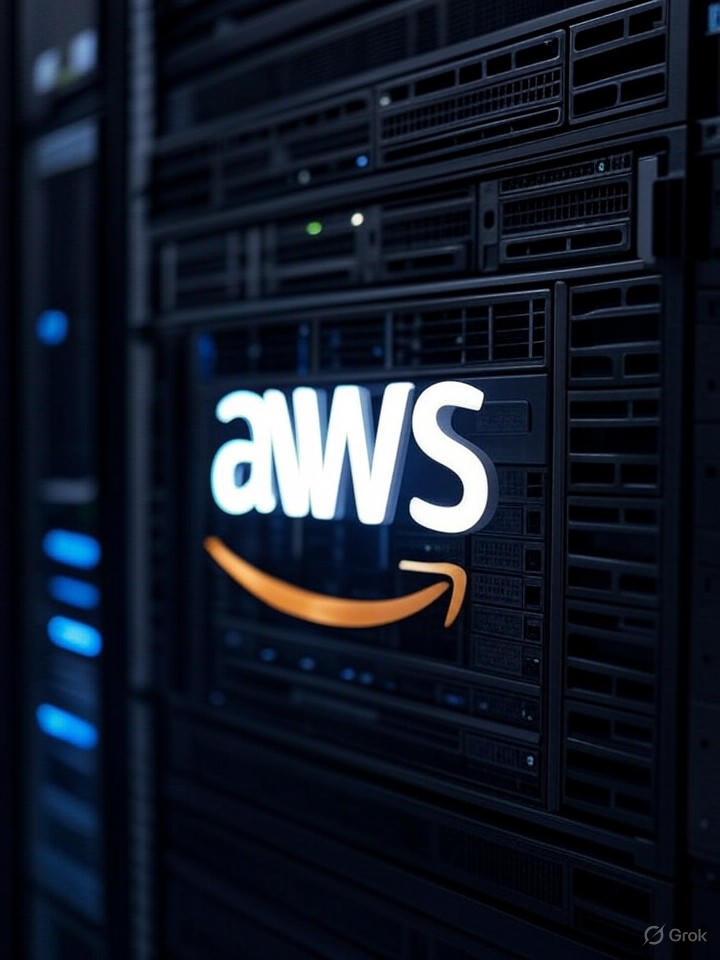In a strategic maneuver that underscores the intensifying competition among cloud giants, Amazon Web Services has announced it will host OpenAI’s newly released open-weight artificial intelligence models on its Bedrock and SageMaker platforms. This move allows developers to access these advanced AI tools without relying on Microsoft’s Azure, which has long held exclusive rights to OpenAI’s proprietary models through a multibillion-dollar partnership.
The key enabler here is the Apache 2.0 license under which OpenAI is distributing these models, permitting broad commercial use and redistribution. As reported by GeekWire, this licensing choice effectively sidesteps the exclusivity clauses in OpenAI’s deal with Microsoft, opening the door for rivals like Amazon to integrate the technology seamlessly into their ecosystems.
A Microsoft spokesperson reached out to WebProNews to provide the following statement:
“As these are open models, they are not governed by OpenAI’s agreements with Microsoft and we have approved of OpenAI taking this approach.”
The Shift Toward Open-Weight AI and Its Industry Ramifications
OpenAI’s decision to release these models—dubbed gpt-oss-120b and gpt-oss-20b—marks the company’s first foray into open-weight offerings since GPT-2 in 2019. These models boast impressive capabilities, including 128K context windows and strong performance in reasoning and tool-use benchmarks, rivaling proprietary systems from competitors like Meta and Mistral. Industry insiders note that this release comes amid growing pressure on OpenAI to democratize AI access, especially as open-source alternatives gain traction.
According to details from TechCrunch, the models are optimized for efficient deployment, allowing them to run locally on sufficiently powerful hardware, which could lower barriers for smaller enterprises and independent developers. This accessibility contrasts sharply with the closed nature of OpenAI’s flagship GPT series, which remains tied to Azure for full functionality.
Amazon’s Competitive Edge in the Cloud AI Arena
For Amazon, integrating these models represents a significant boost to its generative AI offerings, which have faced criticism for lagging behind Microsoft and Google Cloud. AWS executives highlighted in announcements that this addition enhances Bedrock’s multi-model capabilities, enabling customers to fine-tune and deploy AI solutions more flexibly. The move is seen as a direct counter to Microsoft’s dominance, where Azure’s integration with OpenAI has driven substantial revenue growth.
Further insights from CNBC reveal that OpenAI’s open-weight push is partly a response to lower-cost rivals like DeepSeek, a Chinese startup, underscoring a broader trend toward cost-effective AI that doesn’t sacrifice performance. Amazon’s quick adoption could accelerate adoption rates, as enterprises seek vendor-agnostic options to avoid lock-in.
Implications for Microsoft and Broader Market Dynamics
Microsoft, which has invested over $13 billion in OpenAI, now faces diluted exclusivity as these models proliferate across platforms. While Azure retains advantages with proprietary versions, the Apache 2.0 license empowers competitors to innovate around OpenAI’s tech, potentially eroding Microsoft’s moat. Analysts suggest this could prompt Microsoft to deepen its own open-source efforts or renegotiate terms with OpenAI.
Echoing this, a report in Analytics India Magazine posits that these releases precede OpenAI’s anticipated GPT-5, positioning the company to balance openness with commercial interests. For industry players, the development signals a maturing AI market where collaboration and competition coexist, fostering innovation but also raising questions about intellectual property and ethical AI deployment.
Future Prospects and Strategic Considerations
Looking ahead, Amazon’s integration may catalyze custom AI applications in sectors like e-commerce and logistics, where AWS already holds sway. Developers can now download the models from GitHub or Hugging Face, as noted by Wccftech, enabling unprecedented customization. However, challenges remain, including ensuring model safety and managing computational costs.
Ultimately, this partnership between Amazon and OpenAI via open licensing could redefine alliances in tech, encouraging more hybrid approaches that blend open and proprietary AI. As cloud providers vie for supremacy, enterprises stand to benefit from greater choice, though they must navigate the evolving regulatory and competitive terrain with care.




 WebProNews is an iEntry Publication
WebProNews is an iEntry Publication